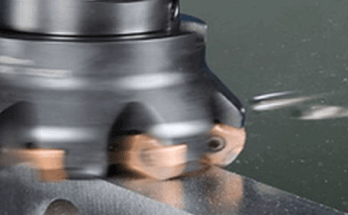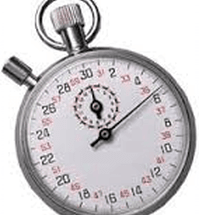The CNC Machine requires a set of programming instructions to move the cutting tool around the workpiece to cut it according to drawing specifications. There are three programming methods to select from when creating these instructions: manual, dialogue, and computer-aided manufacturing (CAM). So how do you select the suitable CNC programming style – which one is best ?
Each has its niche and set of advantages and disadvantages, and no specific style is appropriate for every business. It is vital to understand each of the principles before deciding which one is ideal for you.
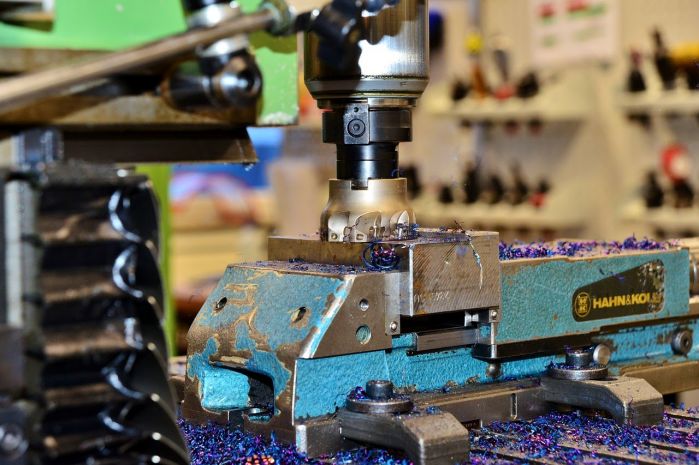
Manual programming
Without the help of a computer, manual programming necessitates countless computations and verifications. CNC programmers are essential in today’s production and will be for the foreseeable future. The Bureau of Labor Statistics anticipates a 16% increase in demand for this position through 2026. The programmer must write code in the same language as the CNC machine, providing a step-by-step sequence of commands that causes the machine to operate correctly.
Pros
Utilizes machines more efficiently with approaches like cycle time reduction.
Provides the most intimate CNC machine experience possible.
The program planning process has a lot of room for creativity and flexibility.
Can produce outcomes that are superior to those produced by CAM systems.
Cons
It consumes a significant amount of time, money, and resources.
It is vulnerable to human mistakes.
A professional and experienced CNC programmer is required.
Talent and skill disparities can be problematic.
The programmer must know the commands for each machine.
Suitability
Manual programming should be utilized only when necessary for high-volume work requiring a high level of cycle time reduction and tool path efficiency.
It is better to use manual programming for simple assignments in a highly competitive business where seconds matter. It is the ideal choice for ultra-high-volume work and a must-have for situations where the CNC program must be as optimized and precise as possible.
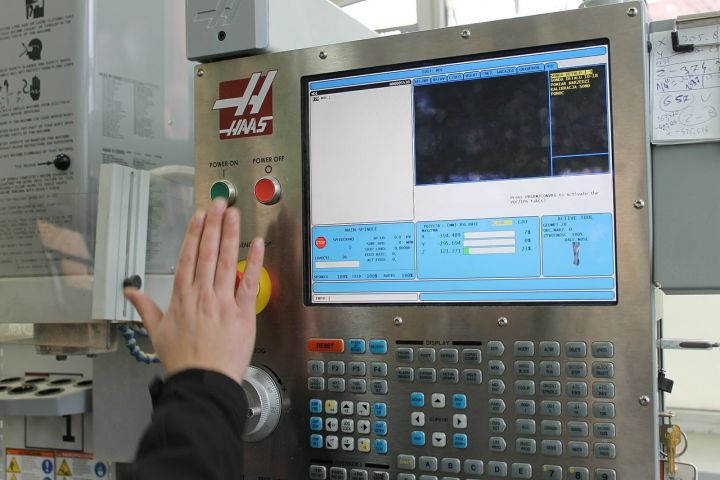
CAM software (CAM = Computer Aided Manufacturing)
CAM or Computer Aided Manufacturing software is a tool/program that takes in a CAD file as input and generates specific instructions (G-code) that drive CNC machines. CAM software automates the tool path planning and program generation.
Pros
The programmer is not required to perform any type of manual mathematical computation.
Reduces reliance on highly skilled programmers.
Programming time is reduced.
Complex geometric shapes can be programmed easily.
Graphical simulation reduces the likelihood of part rejections and accidents due to programming errors.
Cons
It is necessary to have at least a basic understanding of the programming language.
The process of machining cannot be controlled by the operator completely.
The tool path is less efficient than in manual programming.
Suitability
Workshops can invest in CAM even while operating a handful of machines for CNC turning or CNC milling. As a result, a single operator can program various CNC machines, independent of their programming needs. With CAM systems becoming more affordable, firms with a shortage of highly qualified machinists can no longer afford not to have one in their CNC toolset.
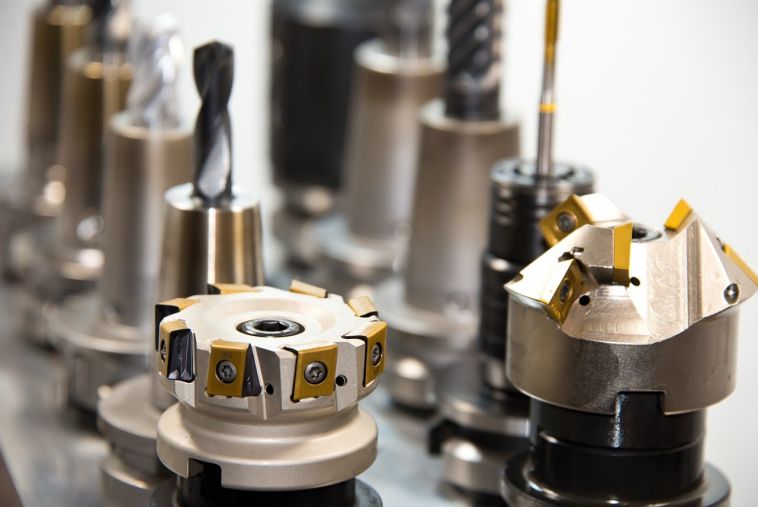
Conversational programming
Operators can quickly develop part programs at the machine using conversational programming. With the component design in hand, the operator can go up to the CNC and fill in a series of built-in data prompts regarding part geometry, workpiece material and tooling, and so on.
Pros
It is simple to understand and put into practice.
It is not necessary to decipher G-Code.
Setup, programming, and execution times are all reduced.
Cons
Complex tool paths are not supported.
Flexibility is limited, particularly when compared to CAM systems.
It is limited to basic part geometries.
Programs are restricted to the machines on which they are done.
Suitability
It is ideal for machine operators and programmers who are just starting. Simple component geometries that require 30 minutes or less to program are most suited for conversational programming.
Conclusion – so which CNC programming style is best ?
Let us run through what we have learned so far. Manual programming is ideal for high-volume manufacturing where precision is critical, conversational programming is best for entry-level machine operators, and CAM programming is best for CNC machines with several functions. While it is essential to keep the aforementioned aspects in mind while picking the best CNC programming style, it is also necessary to consider the machine processes that should be used.

Transform production and profits dramatically, in just a few months.
With a CNC machine monitoring system.
About the Author
Vincent Hua is the Marketing Manager at TSINFA. He is passionate about helping people understand high-end and complex manufacturing processes. Besides writing and contributing his insights, Vincent is very keen on technological innovation that helps build highly precise and stable CNC Machinery.


